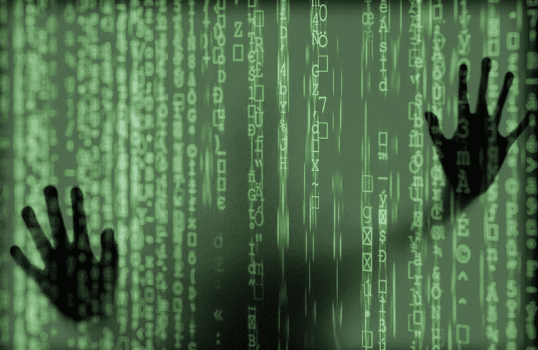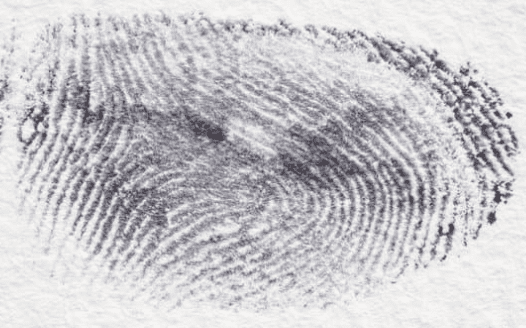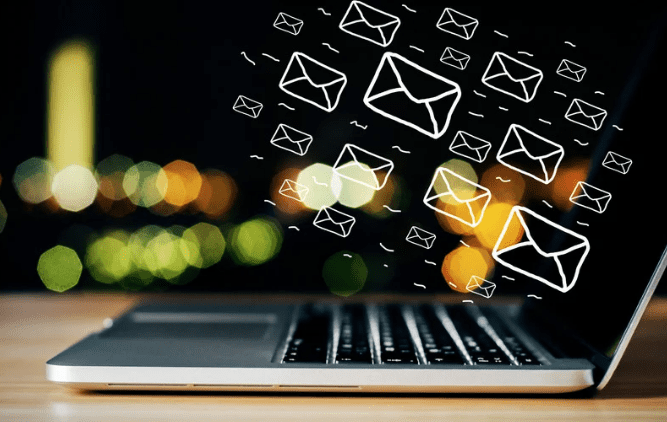In the ever-evolving landscape of cybersecurity, one truth remains constant: hackers thrive on weak defenses. As cyber threats become more sophisticated, organizations must adopt layered security strategies to protect sensitive data, systems, and user identities. Among the most effective and accessible tools in this arsenal is Multi-Factor Authentication (MFA) a simple yet powerful method that can significantly reduce the risk of unauthorized access.
Often referred to as a hacker’s kryptonite, MFA adds a critical layer of protection that can stop attackers in their tracks even when passwords are compromised.
Understanding MFA: More Than Just a Password
Multi-Factor Authentication is a security protocol that requires users to verify their identity using two or more distinct factors before gaining access to a system, account, or application. These factors typically fall into three categories:
- Something you know – A password, PIN, or answer to a security question.
- Something you have – A smartphone, hardware token, or authentication app.
- Something you are – Biometric data such as a fingerprint, facial recognition, or voice pattern.
By combining these elements, MFA significantly reduces the likelihood of unauthorized access even if one factor (like a password) is stolen or guessed.
Why MFA Is a Game-Changer in Cybersecurity
Cybercriminals often rely on compromised credentials to infiltrate systems. Whether obtained through phishing, data breaches, or brute-force attacks, stolen passwords are a common entry point. MFA disrupts this strategy by requiring additional verification that attackers typically cannot access.
Here’s why MFA is so effective:

1. Stops Credential-Based Attacks
Even if a hacker obtains a valid username and password, they cannot access the account without the second factor such as a one-time code sent to a mobile device or biometric verification.
2. Mitigates Phishing Risks
Phishing emails may trick users into revealing login credentials, but MFA ensures that credentials alone are not enough to compromise an account.
3. Protects Remote Access
With the rise of remote work, securing VPNs, cloud platforms, and collaboration tools is critical. MFA adds a vital layer of protection for remote employees accessing sensitive systems.
4. Supports Regulatory Compliance
Many data protection regulations—including GDPR, HIPAA, and PCI-DSS recommend or require MFA as part of a comprehensive cybersecurity strategy.
5. Reduces the Impact of Data Breaches
In the event of a breach, MFA can prevent attackers from using stolen credentials to move laterally within a network or escalate privileges.
Implementing MFA: Strategic Considerations
While MFA is highly effective, its success depends on thoughtful implementation. Organizations should consider the following best practices:
- Deploy MFA Across All Critical Systems: Apply MFA to email accounts, cloud services, internal applications, and administrative tools.
- Use Adaptive Authentication: Adjust authentication requirements based on user behavior, location, and device risk to balance security and usability.
- Educate Users: Provide training to ensure employees understand how MFA works and why it’s important.
- Monitor and Audit: Regularly review MFA logs and configurations to detect anomalies and ensure compliance.
- Choose the Right Tools: Select MFA solutions that integrate seamlessly with existing infrastructure and offer scalability for future growth.
Addressing Common Concerns
Some organizations hesitate to implement MFA due to concerns about user inconvenience or cost. However, modern MFA solutions are designed to be user-friendly and cost-effective. Many platforms, such as Microsoft 365, Google Workspace, and Okta offer built-in MFA capabilities that can be activated with minimal disruption.
Moreover, the cost of implementing MFA is negligible compared to the potential financial and reputational damage caused by a data breach.

Building a Culture of Security
MFA is not just a technical control it’s a reflection of an organization’s commitment to cybersecurity. By adopting MFA, businesses send a clear message to employees, customers, and partners: security is a priority. This cultural shift is essential in today’s threat landscape, where proactive defense is the key to resilience.
MFA For Your Business
In the battle against cybercrime, Multi-Factor Authentication is a proven and powerful defense. It’s not just a technical upgrade it’s a strategic investment in the security and resilience of your organization. By implementing MFA, you’re not only protecting data you’re neutralizing one of the most common attack vectors used by hackers. In short, MFA is a hacker’s kryptonite and every organization should wield it.

